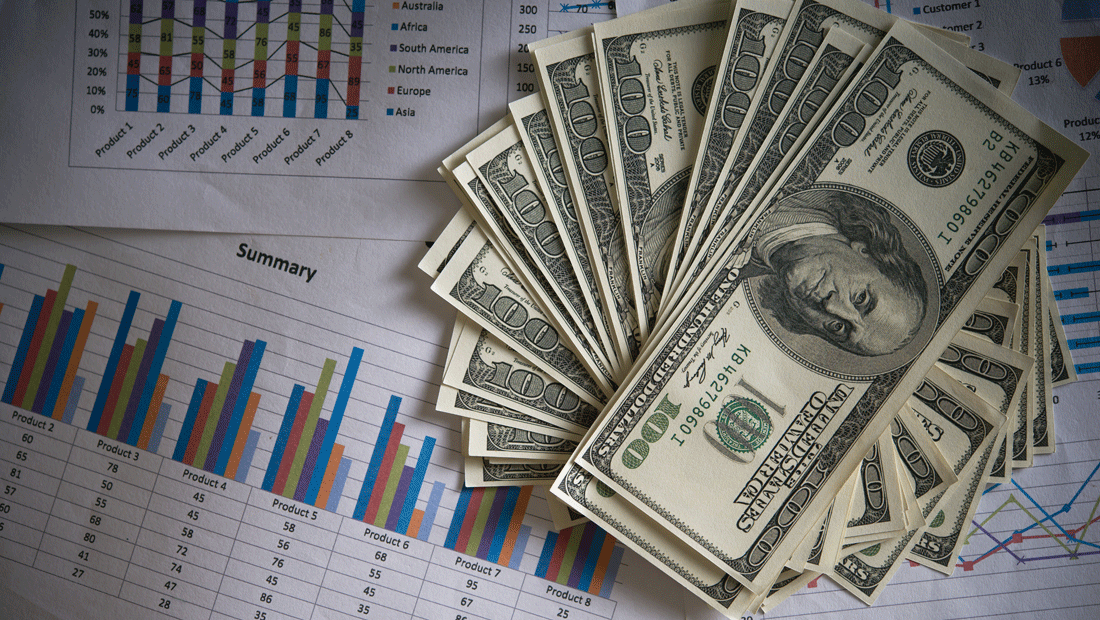
ECONOMYNEXT- Sri Lanka’s banking system made up of the central bank and banks have repaid debt or built reserves of 7.39 billion US dollars since April 2022, when rates were hiked end inflationary policy that was keeping interest rates artificially low.
Sri Lanka also selectively defaulted, halting the repayment of official bilateral and commercial debt but kept up payments of multilateral debt.
Banks also continued to settle credit lines and other debts, which they could not roll-over due to downgrades which came from earlier forex shortages and open market operations.
Though rates were hiked steeply in April 2022, the central bank continued to intervene and print money to sterilize Asian Clearing Union borrowings, delaying a correction in the balance of payments and its reserves fell further into negative territory.
Deflationary policy started to show up in the balance of payments from September 2022.
From April 2022 to August 2024 the central bank had collected reserves or repaid debt (to the International Monetary Fund and India), of 3.9 billion US dollars, by operating largely deflationary policy, though its foreign exchange position is still negative.
In the same period banks also collected reserves or repaid debt of 3.4 billion US dollars. Banks are now depositing dollars abroad in correspondent banks and elsewhere.
Banks had to collect dollars (by curtailing domestic credit), to cover provisions for sovereign debt losses and also government debt repaid in rupees in addition to re-building net open positions run down by financing imports.
Flexible exchange central banks cut rates on the belief that rates on the basis that inflation it has generated in the past 12 months is low (a kind of real interest rate argument) ignoring the balance of payments and domestic credit.
When rate cut are enforced with inflationary open market operations, forex shortages emerge as banks lend the money injected into them to customers who import goods.
The errors in enforcing a bureaucratically decided policy rate by inflationary open market operations (printing money) is then compensated by currency depreciation and social unrest and also default if inflationary operations continue long enough.
Related
Sri Lanka, world’s poor suffer from Fed’s accidental discovery of OMO: Bellwether
Open market operations and the fixed policy rate, triggering the so-called ‘age of inflation’ was invented by the Federal Reserve accidentally in the 1920s in the process of triggering the Great Depression.
OMO involves injecting money to all comers (and non-comers) indiscriminately to enforce a single policy rate decided by unaccountable bureaucrats.
Related
Central bank swaps symptomatic of Sri Lanka’s IMF return tickets and default: Bellwether
Central bank swaps, which allow a single policy rate to be suppressed with borrowed reserves, running negative foreign assets positions, were invented by the Fed in the 1960s, in the process of busting the Bretton Woods system of soft-pegs.
Sri Lanka also enacted an active liability management law (ALM) to borrow heavily abroad instead of allowing rates to go up to be able to repay debt amid flexible inflation targeting and potential output targeting.
EN’s economic analyst Bellwether says the US also borrowed through Roosa bonds and Carter bonds in addition to swaps, in a somewhat analogous operation as the single policy rate undermined monetary stability.
Carter and Roosa bonds had slightly different rationales but were trying to solve the problems coming from the single policy rate and macro economists chasing ‘full employment’ policies.
The IMF has since given technical assistance to run a single policy rate. Earlier the IMF gave technical assistance to calculate potential output, resulting in money printed to close the ‘output gap’ leading to forex shortages, reserve losses, downgrades and ultimately default.
Taxes were also cut for the same reason.
Related
Central bank swaps symptomatic of Sri Lanka’s IMF return tickets and default: Bellwether
The Bank of England also used swaps to enforce a policy rate and trigger sterling crises. The UK went to the IMF 11 times until monetary policy was changed under then Prime Minister Margaret Thatcher who was advised by Friedrich Hayek, Alan Walters among others. (Colombo/Oct15/2024)
